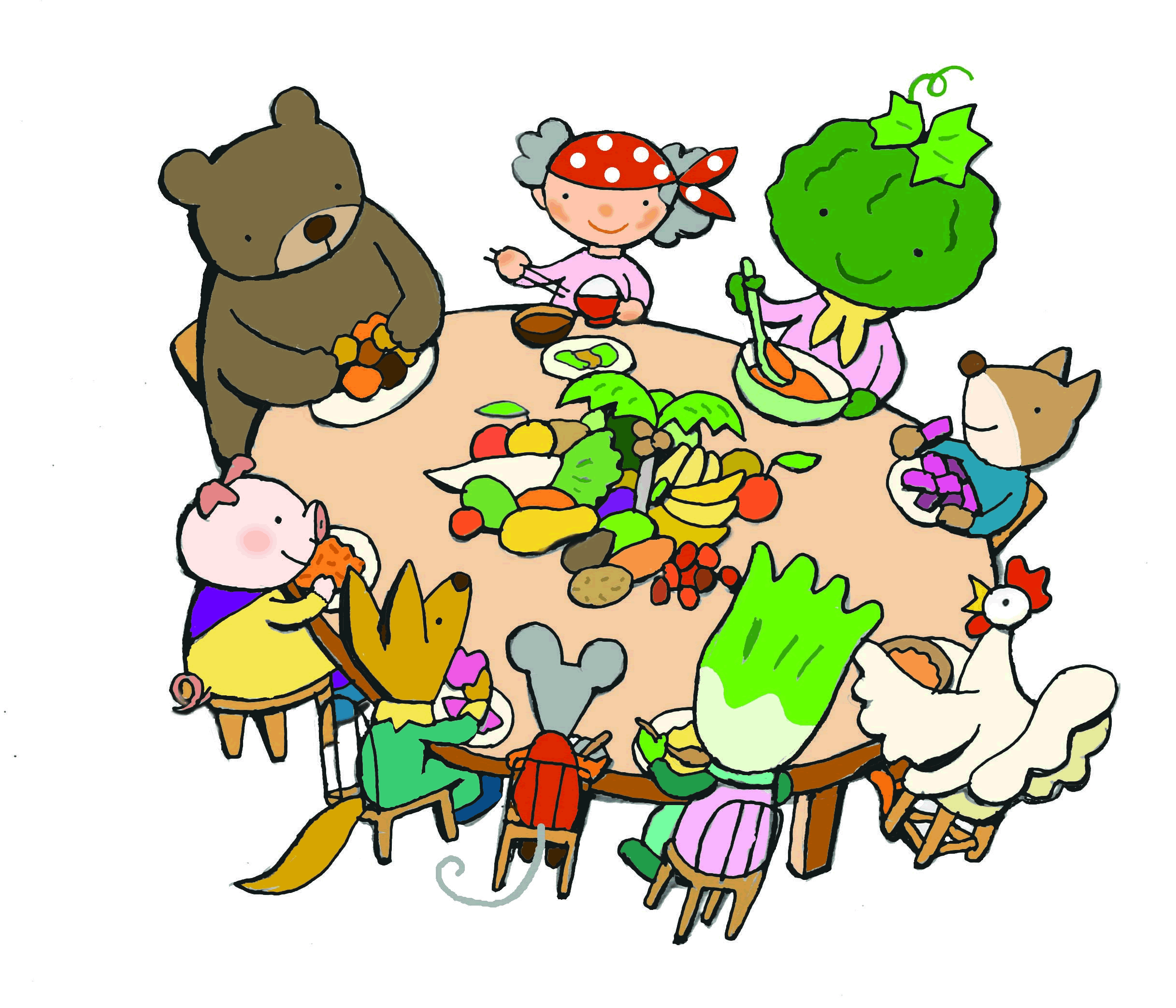What Will Happen With The Electric Utility Law Revision?
June 20, 2013 Symposium
Japan is debating the future of its electric power system. A special committee at the Ministry of Economy, Trade and Industry made recommendations for reform in February, 2013, and a bill to revise parts of the Electric Utility Law was submitted to the Parliament after a Cabinet decision in April. However, there is concern that the bill has watered down many of the proposals. It is doubtful if the bill can be enacted during the current session of the Parliament and we sense dark clouds gathering over the anticipated reform, which had just started to look promising.
After the earthquake and tsunami disaster on March 11, 2011 we face a situation where parts of the country have been so contaminated with dangerous radioactivity due to the meltdown at the nuclear reactors at Fukushima Daiichi that it is impossible for people to live there. Society rapidly needs to be converted into relying on a wide range of power sources including wind, solar, cogeneration, etc., in addition to large-scale expansion of energy-saving efforts. This is the time for structural reform of the electric power system, and we need to move forward on creating a realistic work schedule to make this happen.
Civil society supports the Electric Utility Law revision. In this symposium, we will debate electric power reform and discuss its merits for consumers, as well as learn about the design of the electricity market. We will also hear from energy consultant Yamada Hikaru about the current situation in Europe and North America.
Organizers: e-Shift (Association for Nuclear Power Phase-out and New Energy Policies) / Consumers Union of Japan / Electric Power Reform Project
Date: June 20, 2013 (17:00-19:30)
Place: House of Representatives Multipurpose Hall, Tokyo (衆議院第二議員会館)
Subway: Nagatacho or Kokkaigijidoumae st.
Entrance: 500 Yen
(Japanese only)
About e-Shift…




